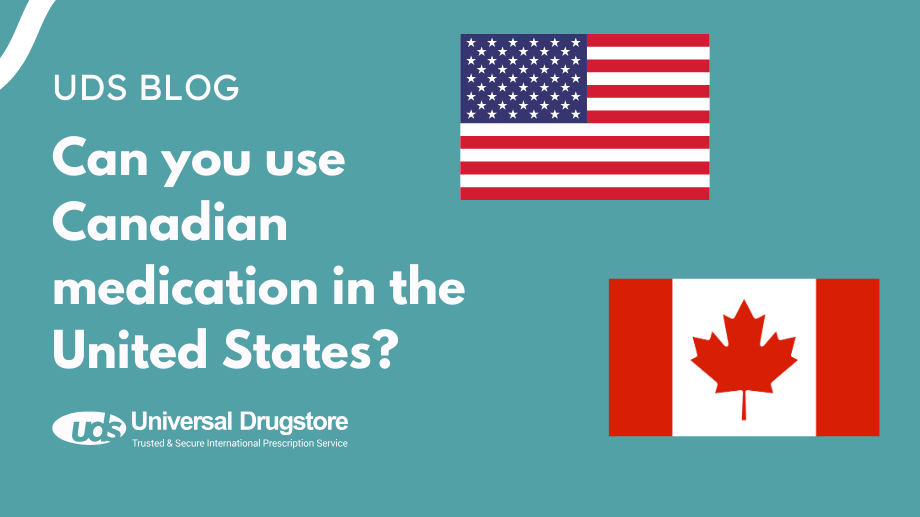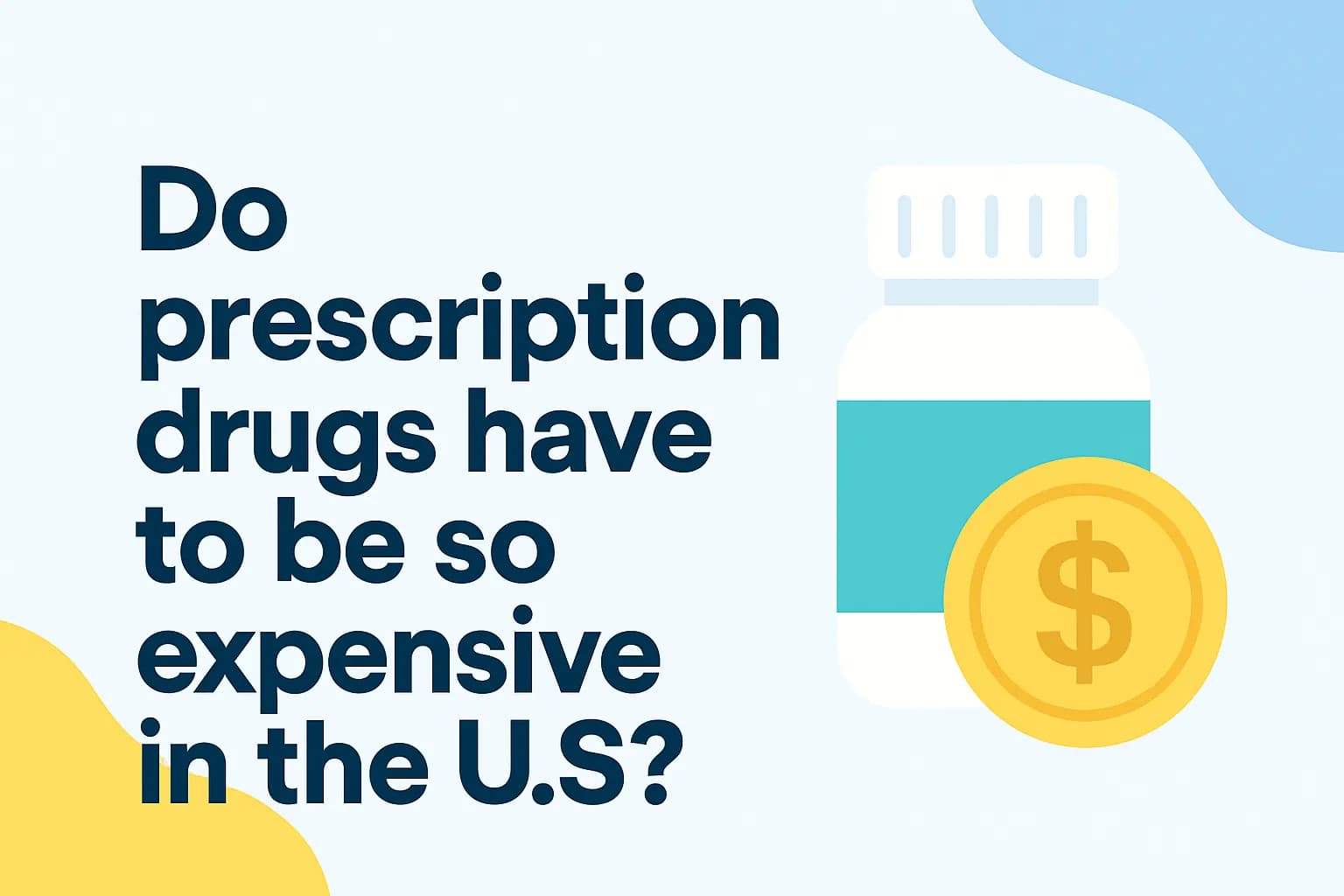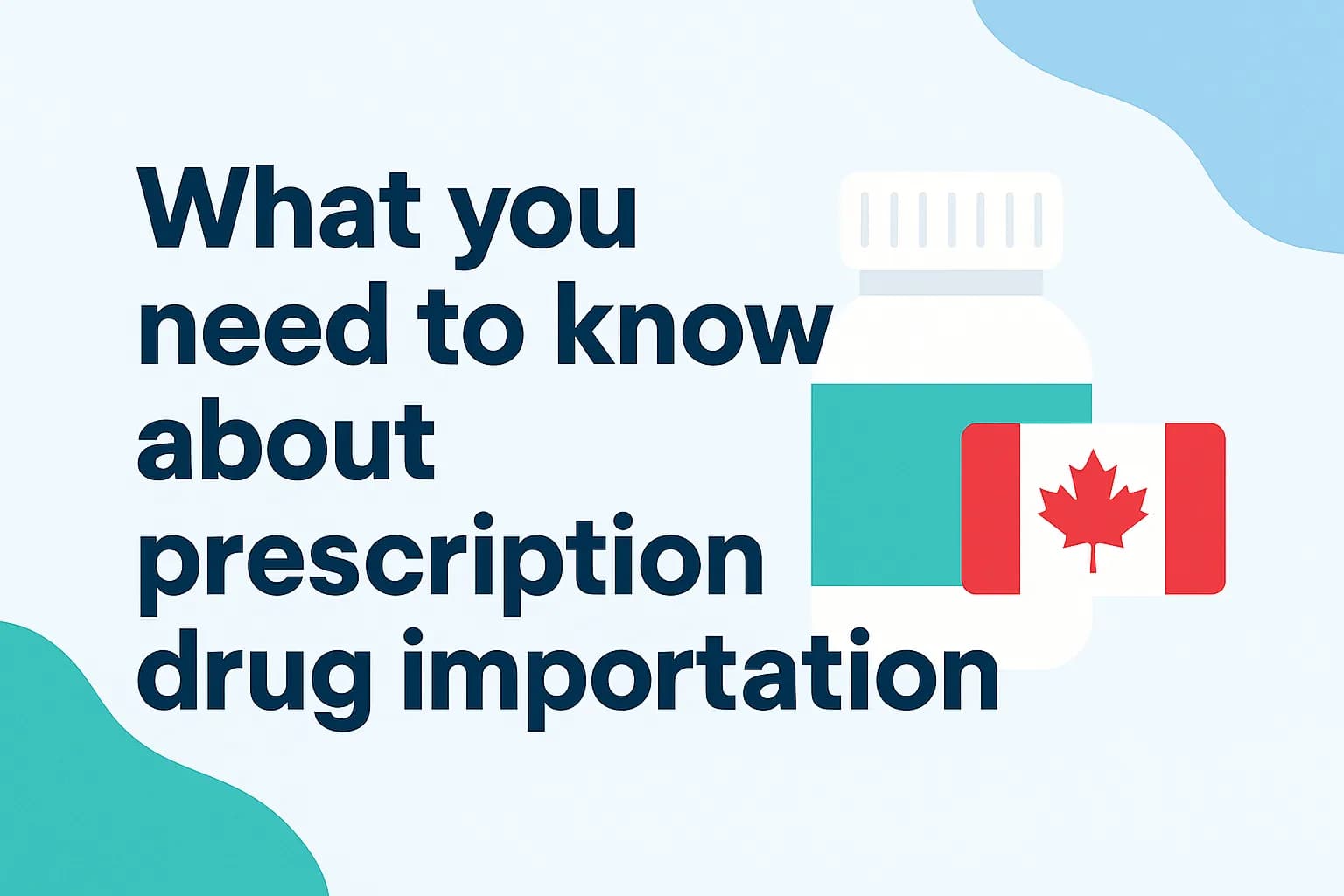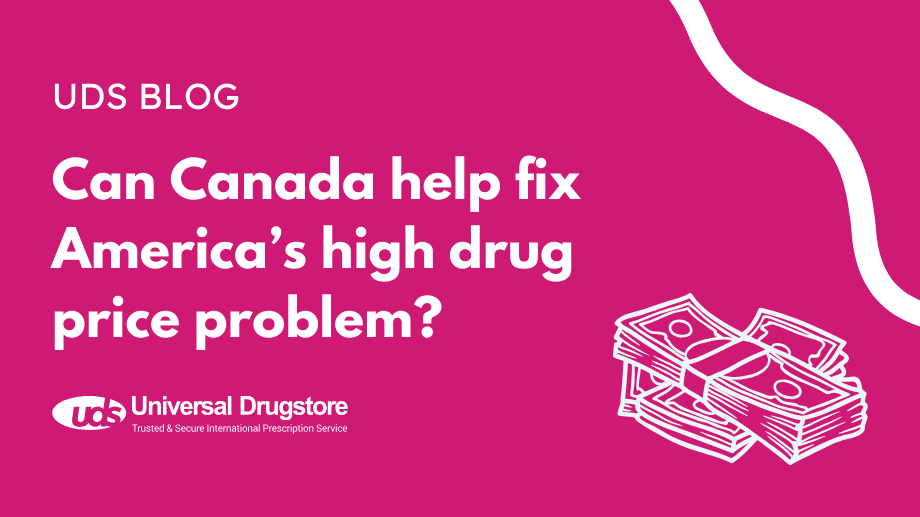Do most Americans buy medicines from Canada?
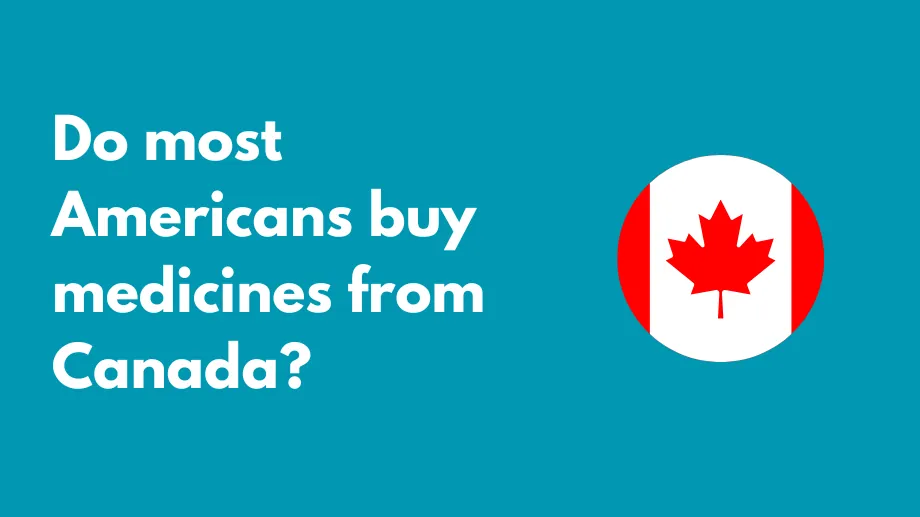
High prices for prescription drugs have caused many Americans to import Canadian drugs, where government regulations lower prices from the drug companies by 20% to 80%. Although medications account for only 10% of healthcare costs, that amount has doubled since 1980 while drug prices have tripled. Because of this increase in drug costs, it is estimated that 1 in 3 adults in the U.S. say they do not take their medication as prescribed.
Pharmaceutical Research and Manufacturers of America (PhRMA), a lobbying group in the U.S., says that drug importation carries risks but the U.S. healthcare system causes too many U.S. consumers to have limited or no access to the prescription medications they need.
A University of Florida study, published in JAMA Network Open, found that 1.5% percent of adults, or more than 2 million Americans buy prescription meds from other countries such as Canada and Mexico because of lower costs.
Is it legal to import medications from other countries?
Generally speaking, you are not allowed to import prescription medications, though many people order them by mail or travel across the border to find cheaper drugs. In certain instances, the U.S. Food and Drug Administration (FDA) allows you to buy prescription medications from other countries. This includes if the treatment is for a serious condition, there is no effective treatment available in America, and there is no marketing of the medication in the US. Typically, you can order up to a three-month supply, and you must show in writing that the medication is for personal use and provide information about the doctor that is responsible for your treatment.
Where does the US get most of its medicine from?
The United State’s pharmaceuticals industry is fueled by imports from foreign countries. From 2011 to 2021, pharmaceutical imports have nearly doubled (increased by 89%), with countries such as China, India, and Mexico being our biggest suppliers. China and India are also the leading source for generic medications, which account for 90% of all prescriptions written in the U.S according the FDA.
In the past few years, policymakers in Congress and the Biden administration have began trying to increase the pharmaceutical production here in the US. Drug manufacturers in this country have the capacity to make millions of doses of medication each year, in addition to what they are already producing. Tax credits and other incentives can help reduce our reliance on the exports of medications from other countries and increase our drug supply.
Why is medication so cheap in Canada?
There have many studies that show Americans pay more for medications than other countries. One analysis found prices for some of the most prescribed brand-name drugs were an average of 2.82 higher in the U.S. than prices in Canada.
Why are drugs cheaper at Canadian pharmacies?
This is largely because the government of Canada has regulations that prevent drug manufacturers from overcharging for their medications. This is overseen by the Patented Medicine Prices Review Board (PMPRB) which can deny approval for medications if they do not meet certain criteria.
The United States has no price control regulations. This allows drug companies to determine the prices of their medications without any oversight from the federal government. The prices are then negotiated by individual health insurance companies before they are sold to patients in the US. This means that the type of insurance you have is a major factor in the cost of your medication.
If you do not have insurance, you may not be able to afford high-priced, brand-name medications. You will need to check prices at local and online pharmacies to find the lowest cost for your medication. The price of medication can vary by hundreds or thousands of dollars, depending on the drug.
What is America doing to help lower drug prices?
There are few new laws that may lead to lower drug prices for some Americans.
The Inflation Reduction Act of 2022 allows the federal government to negotiate Medicare drug prices with manufacturers on the cost of the 10 costliest drugs in the US. The negotiated prices for these medications will not go into effect until 2026.
In January 2024, the Food and Drug Administration (FDA) approved an importation plan that will allow Florida to get certain lower-priced prescription medications from Canada. This pathway, which is known as the Section 804 Importation Program (SIP), will be used to import drugs for diabetes, HIV/AIDS, mental illness, hepatitis C, and other medical conditions. The medications would be made available to Florida residents enrolled in the Medicaid program, inmates, patients at county health departments managed by the State Department of Health, and certain others. It is expected to save $100 to $200 million dollars a year on drug costs.
While it is currently only approved in Florida, other states such as Maine, Colorado, New Mexico, New Hampshire, Texas, North Dakota, Wisconsin, and Vermont have submitted importation plans or are planning to seek approval.
This plan still has hurdles that it will need to overcome. The Canadian government and Health Canada has expressed concerns that the policy would create drug shortages in Canada. They could block the importation to the U.S. if it could create or worsen supply issues for Canadians.
Sources
- Jewett, C., et al. (2024). F.D.A. issues first approval for mass drug imports to states from Canada. The New York Times. Accessed June 3, 2024.
- Bluth R. Trump’s promise to rein in drug prices could open floodgate to importation laws. Kaiser Health News. Accessed June 3, 2024.
- Wilkerson, J. (2024). Biden’s FDA is letting Ron DeSantis import cheaper drugs from Canada. Who gets to take credit? STAT. Accessed June 3, 2024.
- Longo, N. (2020). Drug importation: An old idea that is still a bad idea. Pharmaceutical Research and Manufacturers of America. Accessed June 3, 2024.
- Skyrocketing Pharmaceutical Imports To The U.S. Endanger National Security. Coalition for a Prosperous America. Accessed June 3, 2024.
- Hong Y, Hincapie-Castillo JM, Xie Z, Segal R, Mainous AG. Socioeconomic and Demographic Characteristics of US Adults Who Purchase Prescription Drugs From Other Countries. JAMA Netw Open. 2020;3(6):e208968. doi:10.1001/jamanetworkopen.2020.8968. Accessed June 3, 2024.

